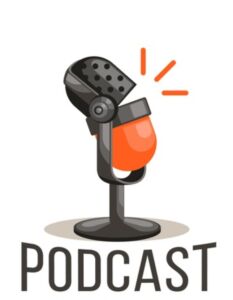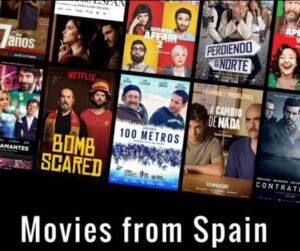It’s no secret that learning a new language can be a serious challenge. Even if your reading skills are excellent, if you’re learning Spanish, you might have trouble with your listening comprehension. You may even feel a bit nervous to speak Spanish. It doesn’t have to be this way. You just need to think about how you can improve your Spanish practice and surround yourself with different speeds, accents, and scenarios in Spanish. A common recommendation is passive listening. A lot of courses and texts recommend listening to recordings or an audiobook. The technique implies that over time you will improve. Passive listening recommends that you listen to while you drive to work, in bed, or doing the dishes. Active listening forces you to interpret what you hear and respond, as you would in a conversation. In active listening, you are pushing yourself to take a role in interpreting the sounds. So that you can take action as soon as you hear them.
In this blog, we’ll discuss a few ways on how to improve your Spanish listening skills. So without any further discussion, let’s have a look on the ways through which you can improve your Spanish listening skills:
In order to have the most productive and enjoyable listening experience, you need to have a conversation with somebody who not only speaks Spanish but is patient and preferably, interesting. Talking to someone who is also learning a language means that they are likely to be sympathetic to your language learning needs. That is, they won’t tell you to hurry up and get on with it if you find yourself searching for a word for a good minute or two.

Spanish language TV also has a lot to offer the aspiring Spanish speaker. If you are lucky enough to live in Spanish speaking country, try watching children’s TV programs or the news to get you started, and then work your way up to more complicated shows. You can also use subtitles for better understanding.

Podcasts are the new radio. You can listen to them whenever you like, fast forward through any part that doesn’t interest you, and carry them around with you on your cell phone or tablet. Listen 1st to get the gist of what’s going on, and then replay parts of the podcast slowly to try to gather information. It’s fine to spend half an hour figuring out five minutes of a podcast if you want to focus on listening for detail.

Like in real life, movies have the added benefit that they have both audio and visual cues to help you figure out what’s going on. There are lots of great movies out there that help you improve. As for the podcast, you can watch part of the movie to get a general idea and then watch again to figure out more information. You can also read the subtitles and listen at the same time, and then watch without subtitles once you feel more confident.

Once you have discovered the meaning of your new Spanish vocabulary, be sure to record it somehow. This might mean storing it in your phone, writing it down with a translation or drawing a picture of the word in your notebook. In general, you will tend to remember words better if you can remember when you learned them, so writing down the context can be a really useful tool for recalling what the word means later. The more information you add to your notes, the more likely you are to not only learn the word but to be able to use it in the future.

So, these are a few ways of improving your Spanish listening skills. It is not difficult to master listening skills. It’s just a matter of time.


